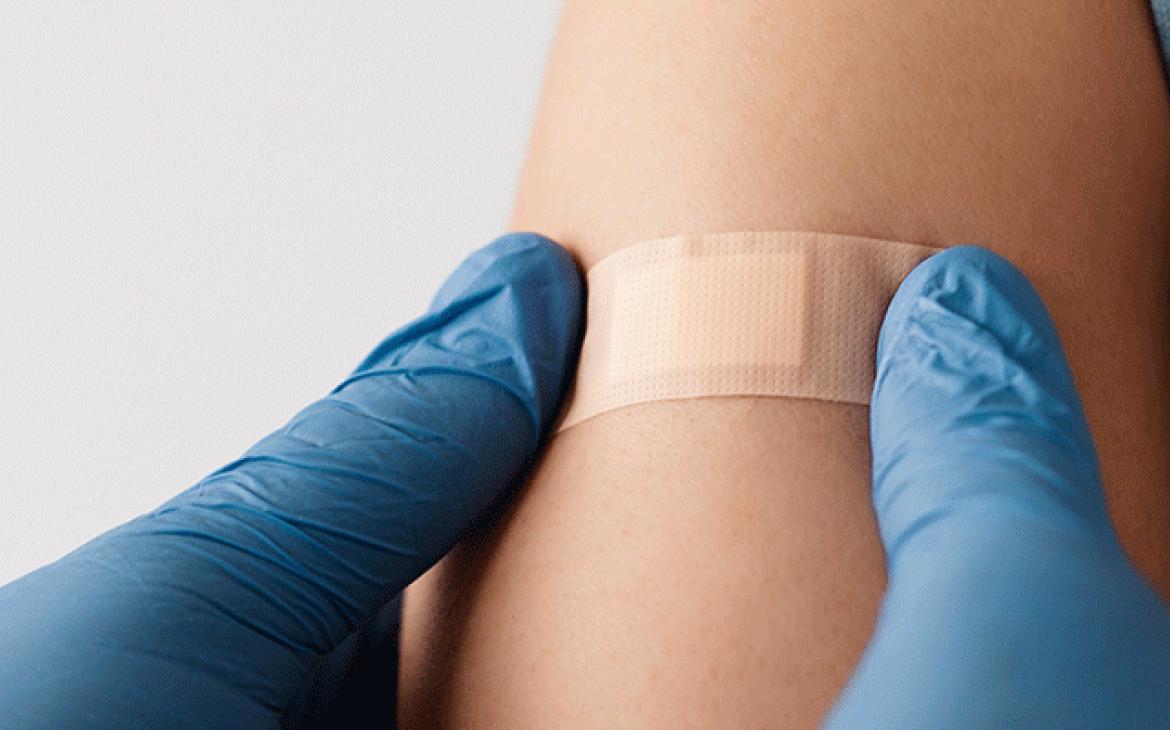
U.S. Pharmacopeia protects public health in many ways. USP’s standards help ensure consistent quality in medicines, food ingredients and dietary supplements. But USP also develops standards designed to assist healthcare professionals in the delivery of optimal patient care. USP General Chapter <1066> Physical Environments that Promote Safe Medication Use was recently updated to include guidance for healthcare professionals working in the home environment.
USP standards are created with guidance from our member organizations and created in a unique collaborative and transparent process that draws heavily on the input of our volunteer experts together with public comment.
The home health environment presents particular challenges. In recognition of National Patient Safety Awareness Week (March 8 – 14), here are some tips for healthcare professionals (e.g., home healthcare workers and family caregivers) regarding medication safety in the home environment drawn from USP General Chapter <1066>, USP General Chapter <17> Prescription Container Labeling and tips from the National Council on Patient Information and Education (NCPIE).
Create a “Medication Safety Zone” in your home – a dedicated area where medications are prepared, administered or consumed. To promote safety, it should feature:
1) Adequate Lighting
It is important that medicines be prepared in a well-lit area. Since the lighting in most homes is lower than recommended for reading, it is good to place an adjustable 50-watt high-intensity task light in the area where you handle medications.
2) Minimal Distractions and/or Interruptions
Interruptions and distractions (including noise) are among the leading cause of prescription dispensing and medication errors in hospitals and health systems (45%). So when preparing or administering medication at home – it is equally important to silence your cell phone, turn off the radio and/or TV and choose a time when you know you are not pressed for time and interruptions are less likely.
3) A Tidy & Organized Workspace
A study found that more dispensing errors occurred when medications were stored in a cluttered fashion, so neatness counts. Materials should be organized so that:
- Important information is readily available - information about equipment function is located near or even on the equipment.
- Frequently used items are easily accessible – prevents “workarounds” and substitutions that lead to errors. If medicines come in pillow packs, have scissors available nearby.
- Group Items Together – Items that are related to a function should be grouped together – example: syringes, needles and alcohol swabs stored together in a single bin.
- Store Medicines According to Directions – Most medicines should be stored in a cool dry place well away from moisture (i.e. not the bathroom). But some medications require special storage conditions such as refrigeration – if so, create a “medication safety zone” in your refrigerator that is designated for medicine storage. If in doubt, always follow the storage directions contained on the medicine label or the Medication Guide.
4) Prescription Labels That are Easy to Read & Understand
If either the patient or the healthcare professional has difficulty reading or understanding the label, your pharmacist can help.
- Impaired Vision – ask for the label to be printed in a larger font.
- Non-native English Speaker – ask for the label to be printed in your language of choice. (But the drug name should always be in English to help emergency personnel.)
- Purpose for Use – patients can request that doctors and pharmacists include this information on the prescription label to help prevent medication errors and encourage adherence
- Patient information leaflets (also called “Medication Guides”) should be kept together, perhaps in a large re-sealable plastic bag, so that the patient and others can easily access instructions. These may also be available in large type (or alternate languages) – ask at the pharmacy.
5) A “System” That Works for the Patient and Promotes Adherence
- If you rely on ice-cube-type pill boxes, does the patient have the manual dexterity to pop open the lid (if he/she is self-administering them)?
- Have a back-up plan if some medications fall out.
- If the patient is expected to record when they actually take their medication, perhaps in a small spiral notebook, make sure that the day or date is written in advance, so the patient just has to make a check-mark.
- Tech-savvy patients and healthcare professionals can explore Skype and medication-reminder apps.
More information about medication safety and how you can protect family members - young and old - can be found at the National Council on Patient Information and Education (NCPIE). NCPIE is a member of the U.S. Pharmacopeial Convention.
Do you provide home healthcare services to a friend, family member, or client? Please share some of your challenges or experiences in the comment section below.


